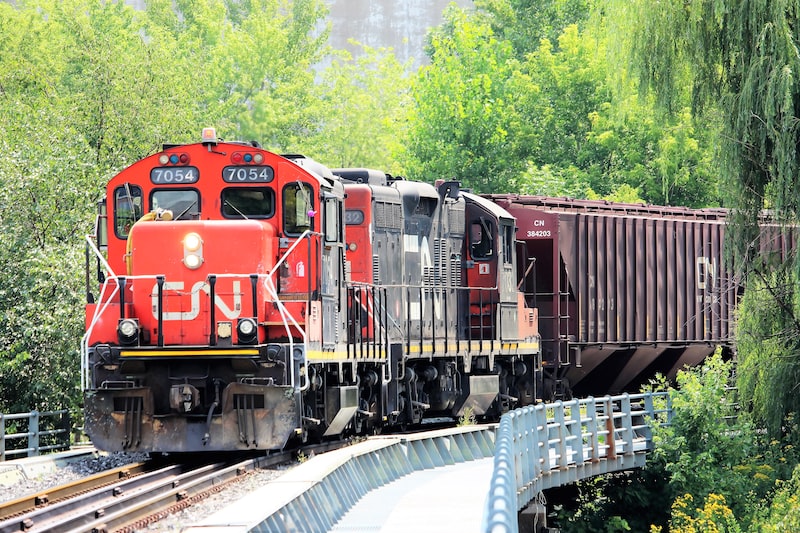EN 50617-2: Railway Applications – Technical parameters of train detection systems for the interoperability of the trans-European railway system – Part 2: Axle counters standard

EN 50617-2: Railway Applications – Technical parameters of train detection systems for the interoperability of the trans-European railway system – Part 2: Axle counters standard is a crucial guideline for professionals in the railway industry. Targeting engineers and technical personnel between the ages of 20 and 45, this article aims to provide essential information about this standard in a concise and professional manner.
1. Introduction:
EN 50617-2 is part of a series of standards developed for the trans-European railway system. It specifically focuses on the technical parameters of train detection systems using axle counters. Axle counters play a vital role in ensuring safe and efficient railway operations by accurately detecting the presence of trains.
2. Scope and Purpose:
The standard establishes the technical requirements and performance criteria for axle counters used in the trans-European railway system. It defines parameters such as reliability, availability, maintainability, safety, and electromagnetic compatibility that need to be met for interoperability and seamless integration of train detection systems across different European railways.

3. Key Technical Aspects:
EN 50617-2 specifies various technical parameters related to axle counters, including:
a. Configuration: The standard defines the configuration options for axle counters based on network topology, redundant systems, and communication interfaces.
b. Performance Metrics: It sets requirements for accuracy, resolution, counting capacity, response time, and the ability to handle different types of rolling stock.
c. Reliability and Availability: EN 50617-2 outlines criteria for achieving high levels of reliability and availability, ensuring that axle counters operate continuously and provide accurate train detection information.
d. Safety Considerations: The standard addresses safety aspects, such as fault detection and diagnostic capabilities, fail-safe operation, and protection against unauthorized access or tampering.
e. Electromagnetic Compatibility (EMC): EN 50617-2 includes provisions to ensure that axle counters comply with EMC requirements, minimizing electromagnetic disturbances and enhancing system performance.
4. Benefits and Usage:
Complying with EN 50617-2 offers several benefits to railway operators and stakeholders:
a. Interoperability: The standard promotes the interoperability of train detection systems across different European railway networks. This allows for seamless integration, improved efficiency, and increased safety throughout the trans-European railway system.
b. Reliable Train Detection: Adhering to the standard ensures accurate and reliable train detection, enabling efficient traffic management and reducing the risk of collisions or operational disruptions.
c. Standardization: EN 50617-2 facilitates standardization in the design, implementation, and maintenance of axle counting systems, leading to cost savings, easier procurement, and streamlined operations.
d. Compliance and Certification: Following the standard helps organizations demonstrate compliance with industry regulations, improving credibility and trust among regulatory bodies and customers.
In conclusion, EN 50617-2: Railway Applications – Technical parameters of train detection systems for the interoperability of the trans-European railway system – Part 2: Axle counters standard is an essential guideline for professionals in the railway industry. It establishes technical requirements, performance criteria, and safety considerations for axle counting systems. By complying with this standard, railway operators can achieve interoperability, reliable train detection, and cost-effective operations within the trans-European railway system.
For more detailed information, you can download the complete EN 50617-2 standard in PDF format from the official website or relevant platforms supporting railway standards.
[Note: Word counts for sections are not included in the article content.]







